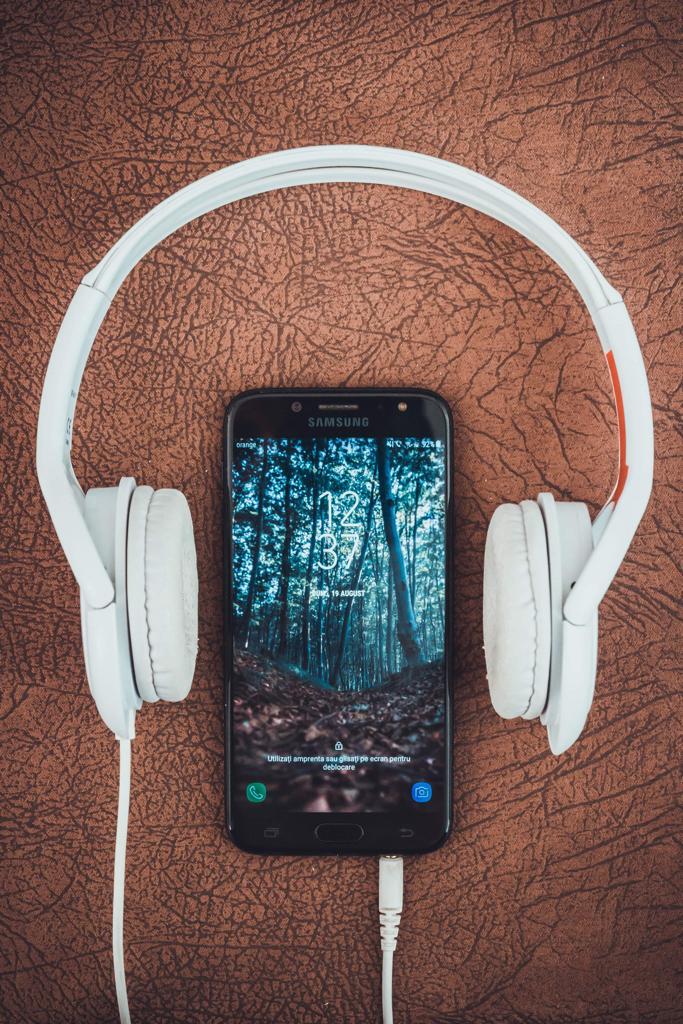No other stimulant in history has left such a strong mark on modern culture as LSD. It has been used by both artists and scientists. Musicians and writers have found it a source of inspiration, while psychiatrists and chemists have been fascinated by its effects on the human mind. When Albert Hofmann first synthesised LSD in 1938, he did not expect that his discovery would change the world.
Swiss chemist Albert Hofmann was working on a drug to stimulate circulation and breathing with the hope of potentially using it in obstetrics. In 1938, he produced the twenty-fifth substance in the series of lysergic acid derivatives, LSD-25. At first, it did not arouse much interest in the medical community and was almost forgotten for the next five years. Hofmann himself, however, was of the opinion that it was worthwhile to further investigate its properties and potential.
While continuing his research on lysergic acid derivatives, he accidentally absorbed a small amount of LSD-25. After some time, he felt tired and everything around him started to wave. Three days after the incident, Hofmann consciously ingested 250 micrograms of LSD and that was the day of his famous bicycle ride home, the so-called Bicycle Day, which is celebrated on April 16th every year.
Escorted by an assistant, Hofmann began to feel anxiety bordering on obsession and even believed that a witch lived in his neighbourhood. The doctor called to his aid and did not find any disturbing symptoms apart from unnaturally dilated pupils. The investigator’s mood soon changed and the anxiety was replaced by relaxation, euphoria and high self-esteem. He was also amused by the vivid colours and shapes he saw when closing his eyes. It was the first-ever conscious psychedelic trip.
Soon LSD was on everyone’s lips. Its unusual properties were tested by scientists, artists and even the intelligence services and the military. However, in the case of the latter, the experiment was a failure, because, under the influence of LSD, soldiers were more interested in admiring nature or climbing trees than in military manoeuvres.
LSD became a permanent element of the hippie movement and the psychedelic-inspired pop culture of the 1960s. Its increasingly frequent non-medical use resulted in its inclusion on the list of banned substances. This was a major blow to Hofmann and his research. For the rest of his life he argued that LSD had been used successfully in psychoanalysis for 10 years. He believed that the drug had been appropriated by the hippie movement and then demonised by the authorities.
Hofmann became director of Sandoz’s natural products department and continued his research into hallucinogens. He died in 2008 at the age of 102, leaving behind more than 100 scientific publications and books. Including the most famous entitled “LSD: my problem child”.
It is only in this century that research into the positive effects of LSD use is being revisited. In December 2007, the Swiss psychiatrist Peter Gasser received permission to conduct psychotherapeutic experiments on cancer patients and those suffering from other incurable diseases.

